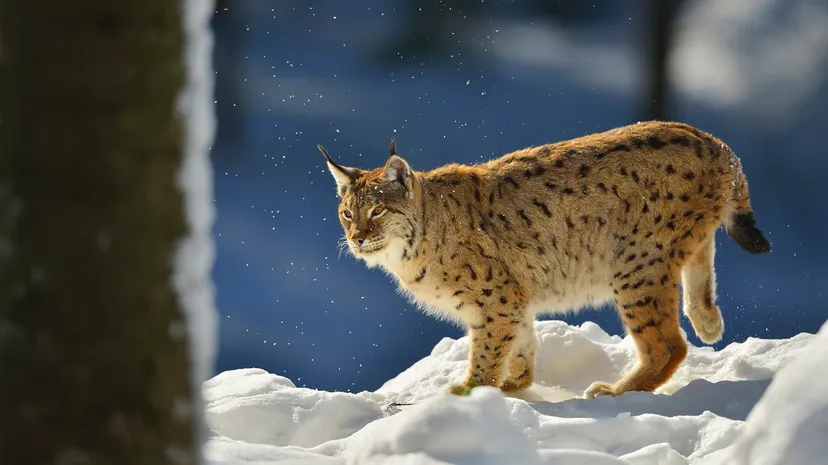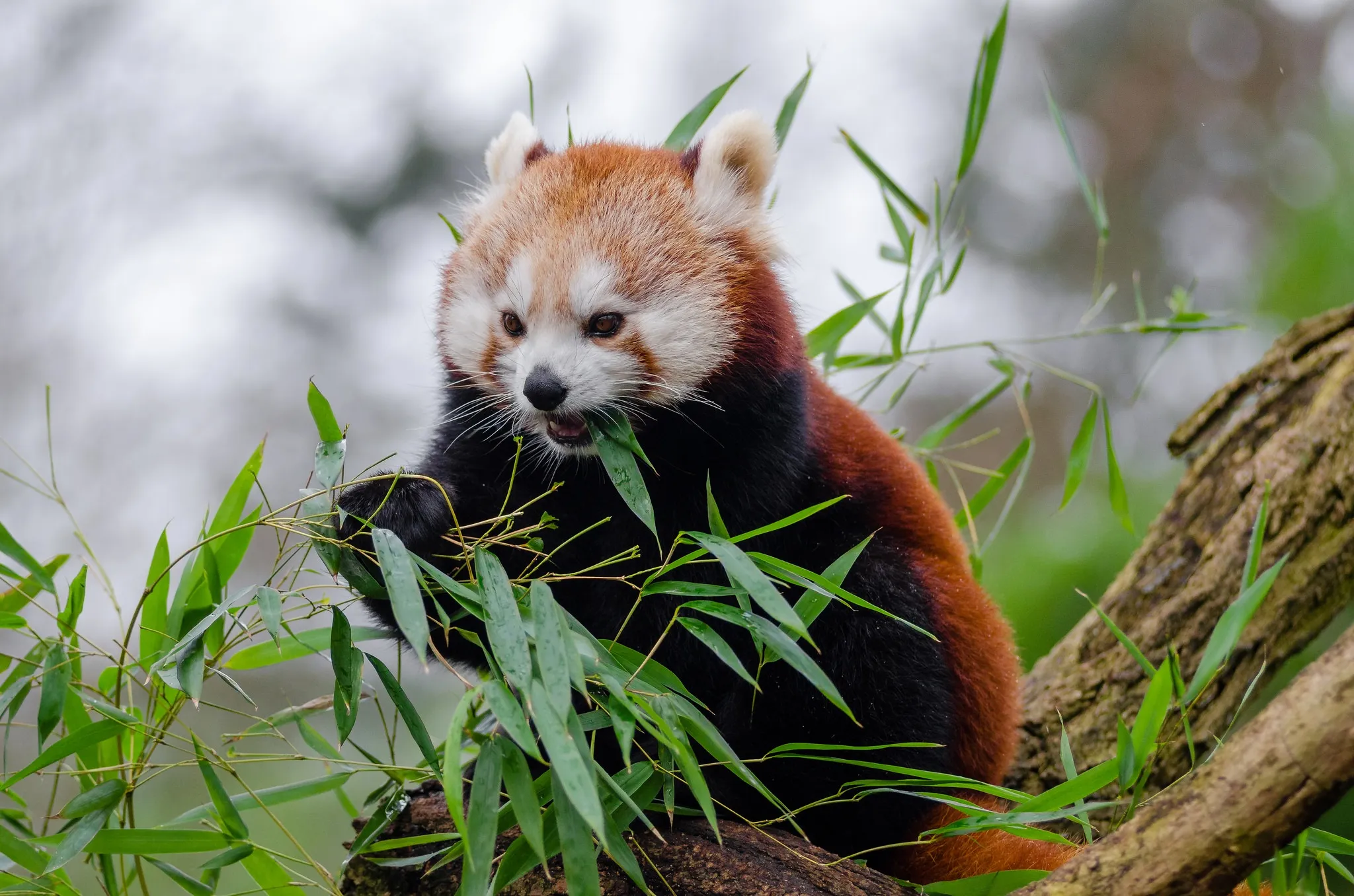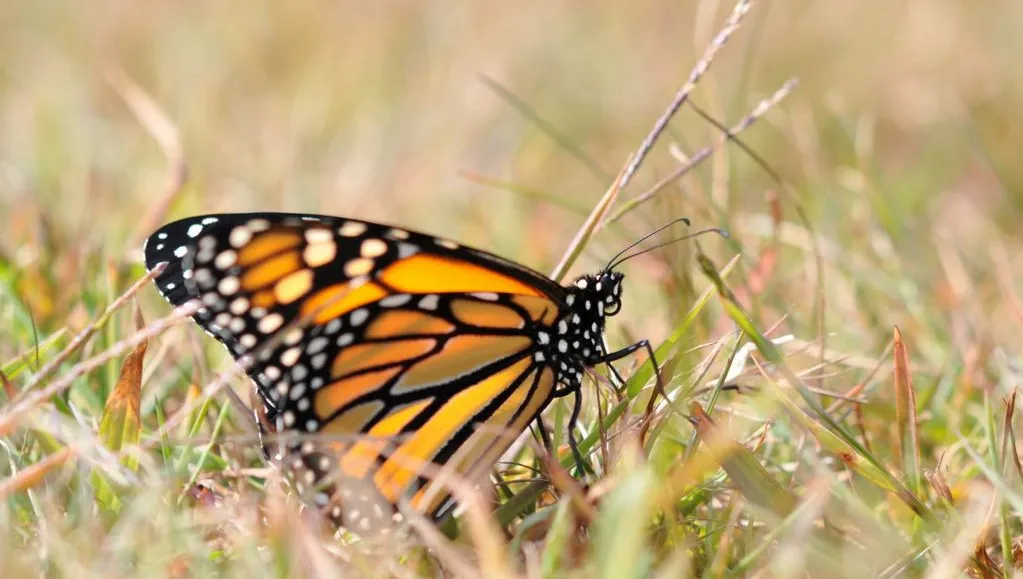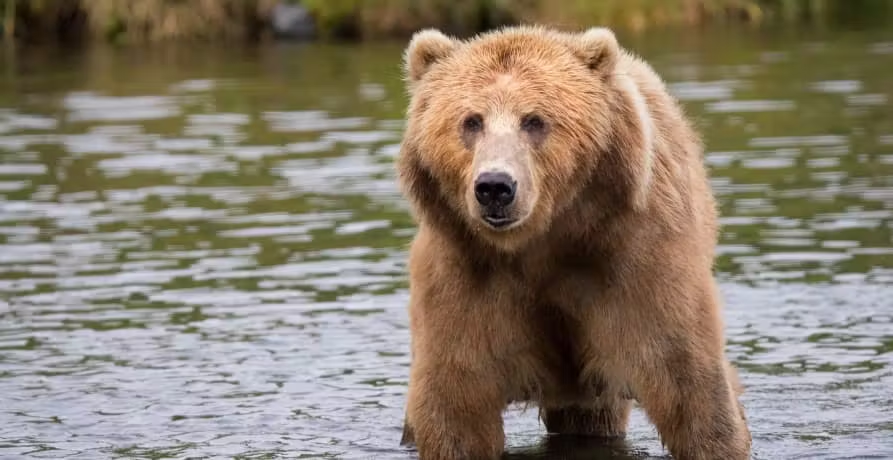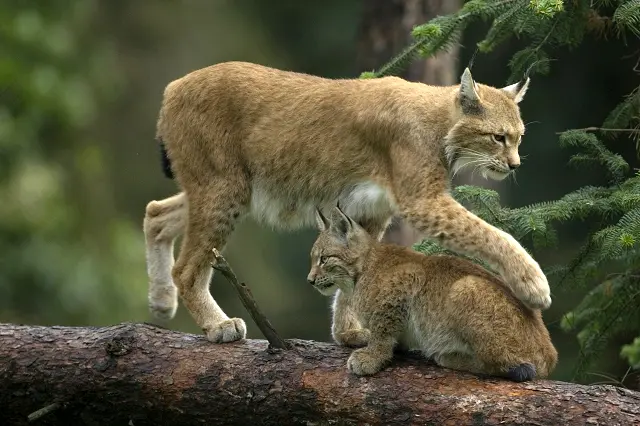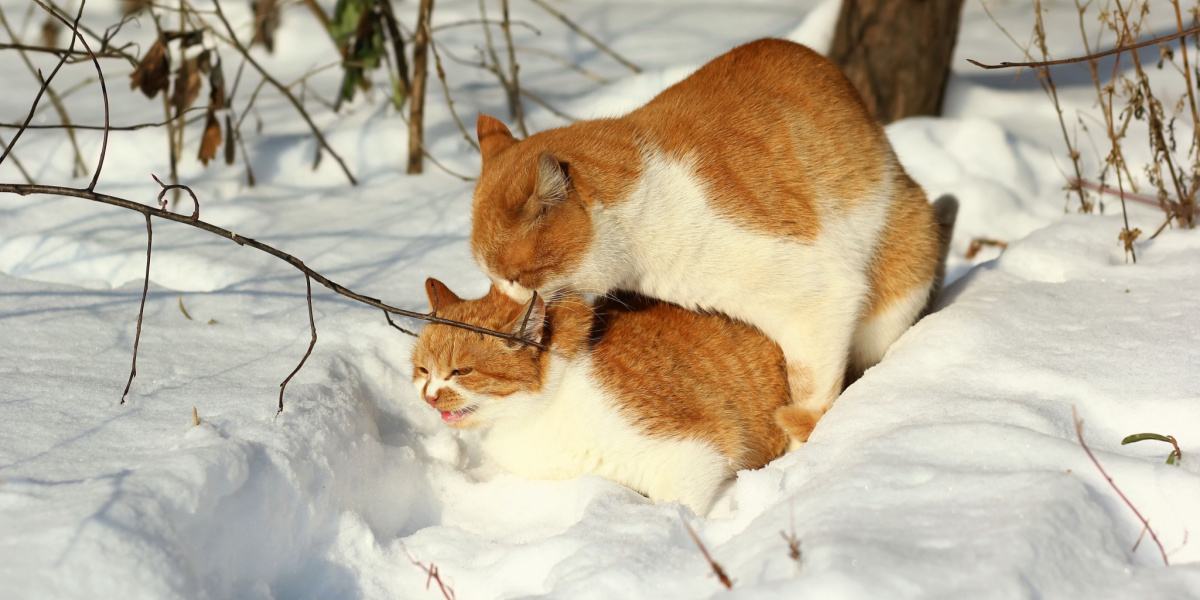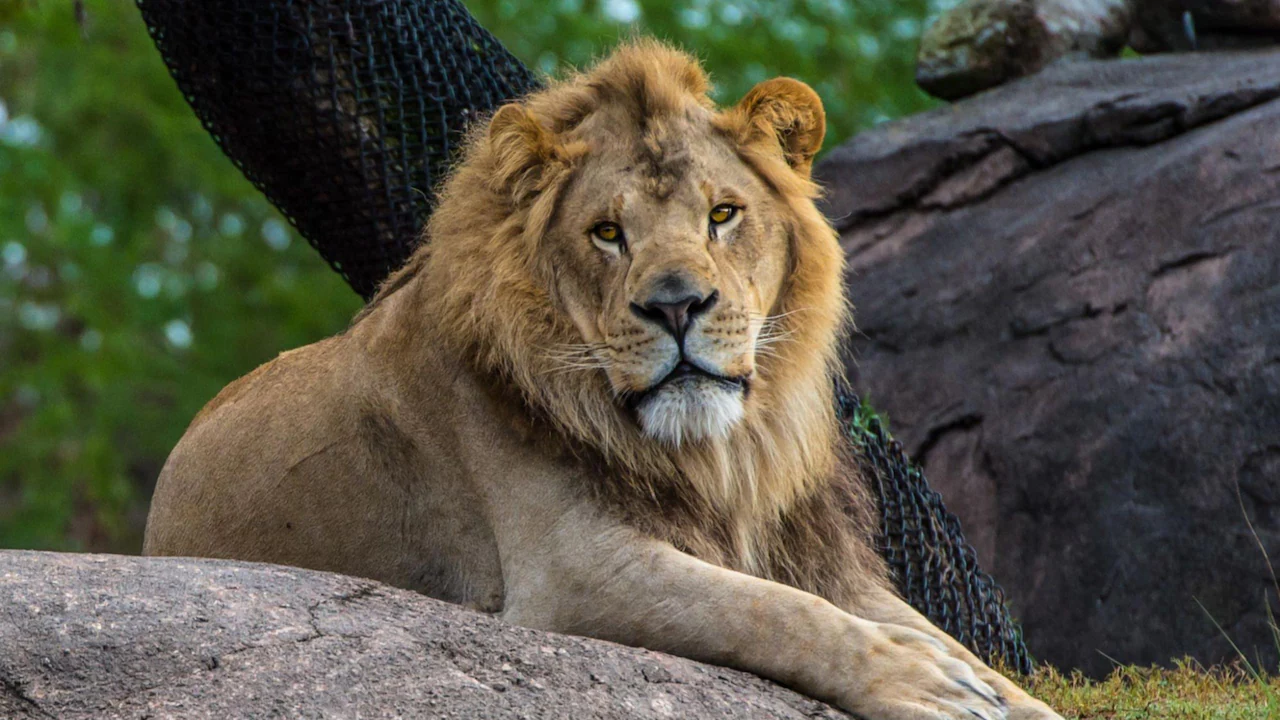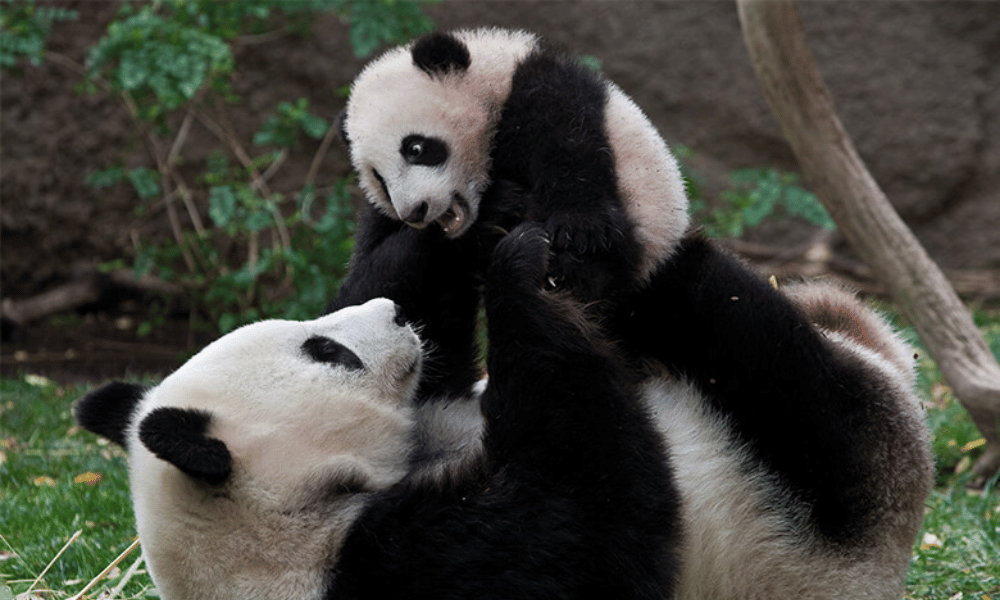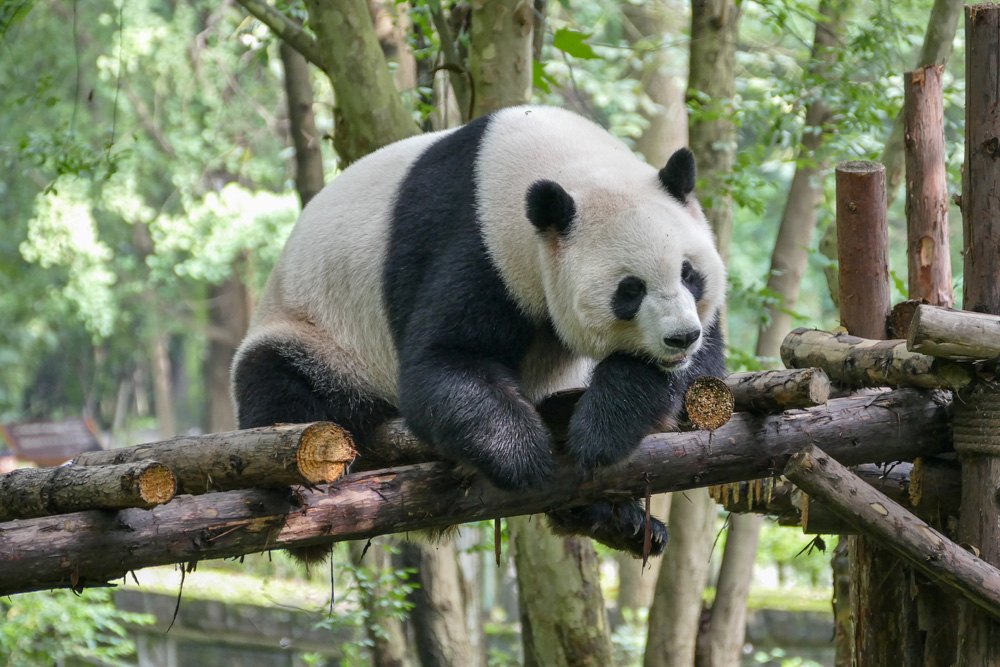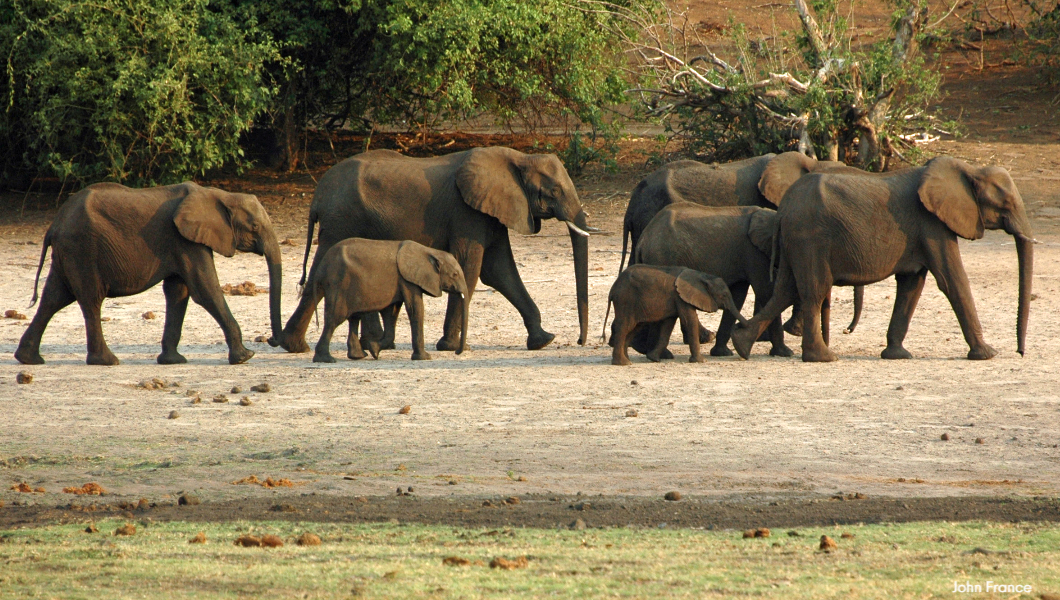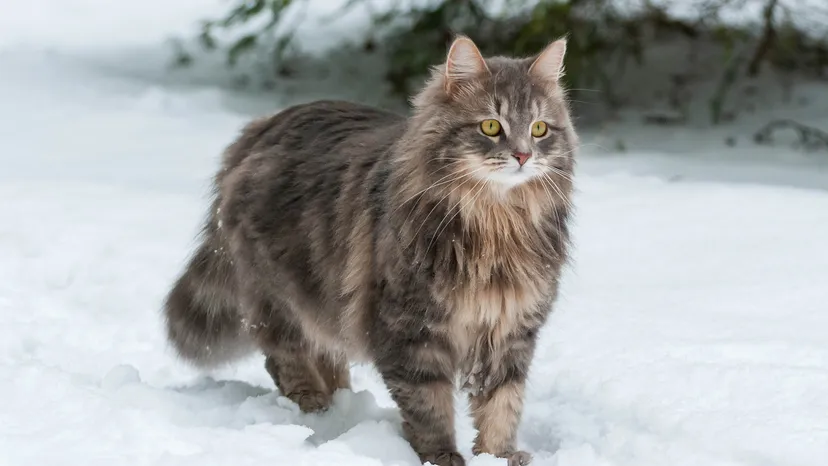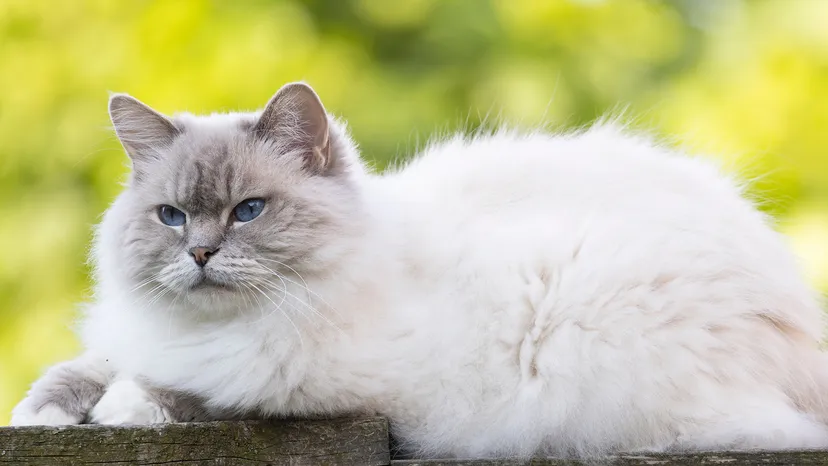Growing up, I thought my tabby cat, Whiskers, was the ultimate hunter, proudly dropping a half-chewed mouse at my feet. But then I learned about the black-footed cat, a pint-sized terror dubbed the world’s deadliest feline, and Whiskers suddenly seemed like a cuddly amateur. This article dives into the world of the black-footed cat and 14 other fierce felines, exploring what makes them so dangerous, from jaw-dropping hunting skills to raw power. Packed with insights, stories, and practical tips for safely admiring these predators, this guide will captivate animal lovers and thrill-seekers alike while shedding light on nature’s most formidable cats.
The Black-Footed Cat: The World’s Deadliest Feline
Why Is the Black-Footed Cat So Lethal?
Despite its adorable, housecat-like appearance, the black-footed cat (Felis nigripes) is the deadliest cat on Earth, boasting a 60% hunting success rate—far surpassing lions at 20–25%. Native to southern Africa’s savannas, this tiny feline, weighing just 2–6 pounds, takes down 10–14 prey items nightly, out-hunting leopards over months. Its relentless metabolism and stealthy nocturnal tactics make it a powerhouse predator.
Black-Footed Cat Key Traits
- Size: 14–20 inches long, 2–6 pounds.
- Habitat: Dry savannas of South Africa, Namibia, and Botswana.
- Hunting Style: Fast hunting, still hunting, and slow stalking for small prey like rodents and birds.
- Conservation Status: Vulnerable, per the IUCN Red List.
A Personal Encounter with a Tiny Terror
Visiting a wildlife sanctuary in Namibia, I saw a black-footed cat named Gaia, whose big green eyes belied her ferocity. Watching her pounce on a toy with surgical precision, I understood why she’s called the “ant tiger.” Her agility and focus were mesmerizing, a reminder of nature’s deceptive packaging.
The Fierce 14: Other Dangerous Felines
Lion: The King of the Jungle
Lions (Panthera leo) top the list for human fatalities, with an estimated 100 deaths annually in regions like Tanzania. Their strength, teamwork in prides, and territorial instincts make them formidable. Living in Africa’s savannas, they tackle prey as large as wildebeest, and their roar alone can send chills down your spine.
Lion Stats
| Trait | Details |
|---|---|
| Weight | Up to 550 lbs |
| Habitat | African savannas |
| Prey | Zebras, buffalo, occasionally humans |
| Fatalities | ~100 humans/year in Tanzania |
Tiger: The Solitary Stalker
Tigers (Panthera tigris), the largest cat species, are solitary hunters known for their power and stealth. Found in Asia, they can weigh up to 660 pounds and are responsible for 50–60 human deaths annually in places like the Sundarbans. “Man-eaters” emerge when prey is scarce, making them a fearsome presence.
Pros and Cons of Tiger Encounters
- Pros: Awe-inspiring beauty, critical for ecosystem balance.
- Cons: High risk of attack in human-overlapping habitats, difficult to spot due to stealth.
Jaguar: The Bone-Crushing Beast
Jaguars (Panthera onca) boast the strongest bite force relative to size among felines, capable of crushing turtle shells. Found in the Americas, they weigh 100–250 pounds and hunt diverse prey like deer and caimans. While attacks on humans are rare (only 7 documented in the 20th century), their power is undeniable.
Leopard: The Stealthy Opportunist
Leopards (Panthera pardus) are adaptable, thriving in forests, savannas, and deserts across Africa and Asia. Their strength and stealth allow them to drag prey up trees, and they’ve been known to eat domestic animals in India, where 12% of their diet may include livestock. Human attacks are more common where habitats overlap.
Cheetah: The Speed Demon
Cheetahs (Acinonyx jubatus) are the fastest land animals, hitting 70 mph in short bursts. While no fatal human attacks are recorded, their agility makes them deadly to antelope and other small prey. Found in Africa, they avoid humans but can injure if cornered, as I learned watching one bolt across a safari plain.
Comparison: Cheetah vs. Leopard
| Feature | Cheetah | Leopard |
|---|---|---|
| Speed | Up to 70 mph | Up to 40 mph |
| Hunting Style | High-speed chases | Stealth and ambush |
| Human Attacks | None recorded | Occasional, especially in India |
| Habitat | Open savannas | Diverse, including forests |
Mountain Lion: North America’s Silent Predator
Mountain lions (Puma concolor), also called cougars, roam North America and weigh up to 200 pounds. They average six human attacks yearly, rarely fatal, targeting deer and smaller prey. Their ambush tactics make them a quiet but potent threat in the wild.
Snow Leopard: The Ghost of the Mountains
Snow leopards (Panthera uncia) live in the rugged Himalayas, blending seamlessly with their snowy surroundings. Weighing 60–120 pounds, they hunt ibex and blue sheep, with rare human attacks. Their elusive nature makes sightings a privilege, as I discovered on a Himalayan trek where tracks were my only clue.
Bobcat: The Common but Deadly Wildcat
Bobcats (Lynx rufus) are North America’s most populous wildcat, weighing up to 40 pounds. Their adaptability allows them to hunt everything from mice to deer, posing a threat to pets and livestock. While human attacks are rare, their widespread presence demands respect.
Serval: The Agile Leaper
Servals (Leptailurus serval) are African cats with long legs, enabling leaps up to 10 feet. Weighing 20–40 pounds, they hunt birds and rodents with precision. Though not typically dangerous to humans, their wild temperament makes them unsuitable as pets.
Caracal: The Desert Acrobat
Caracals (Caracal caracal) are known for their acrobatic leaps, snatching birds mid-flight. Found in Africa and the Middle East, they weigh 25–40 pounds and hunt small mammals. Their striking tufted ears and fierce demeanor make them a standout predator.
Ocelot: The Jungle’s Silent Hunter
Ocelots (Leopardus pardalis) roam Central and South American jungles, weighing 20–35 pounds. Their stealthy hunting targets monkeys and birds, with no recorded human attacks. Their spotted coats are a stunning sight, as I learned visiting a Costa Rican reserve.
Lynx: The Cold-Climate Killer
Lynx species (Lynx spp.), like the Canada lynx, thrive in northern forests, weighing 18–40 pounds. They hunt snowshoe hares with sharp claws and keen senses. Human encounters are rare, but their solitary nature makes them unpredictable.
Fishing Cat: The Aquatic Assassin
Fishing cats (Prionailurus viverrinus) are semiaquatic, found in Asian wetlands. Weighing 11–35 pounds, they dive for fish and crustaceans. Their unique skills, seen in a PBS “Super Cats” episode, highlight their adaptability and ferocity.
Clouded Leopard: The Elusive Canopy King
Clouded leopards (Neofelis nebulosa) inhabit Asian forests, weighing 25–50 pounds. Their long canines and tree-climbing prowess make them deadly to monkeys and birds. Rarely seen, they’re a conservation priority due to habitat loss.
Savannah Cat: The Domestic Wildcard
Savannah cats, a hybrid of servals and domestic cats, can weigh 8–25 pounds. First-generation (F1) Savannahs retain wild traits, leading to bans in places like Australia due to their threat to wildlife. They’re not inherently dangerous but require experienced owners.
Fierce Felines Overview
| Feline | Weight | Habitat | Prey | Human Threat |
|---|---|---|---|---|
| Black-Footed Cat | 2–6 lbs | Southern Africa | Rodents, birds | Minimal |
| Lion | Up to 550 lbs | African savannas | Large ungulates | High |
| Tiger | Up to 660 lbs | Asia | Deer, humans | High |
| Savannah Cat | 8–25 lbs | Domestic | Small animals | Low, but wild traits |
Why These Cats Are Dangerous
Hunting Prowess and Physical Traits
These felines share traits like sharp claws, powerful jaws, and acute senses, making them top predators. The black-footed cat’s 60% success rate and the jaguar’s bone-crushing bite exemplify their lethality. Even domestic hybrids like Savannahs retain wild instincts, posing risks if mishandled.
Common Dangerous Traits
- Claws and Teeth: Designed to tear and crush.
- Speed and Agility: Cheetahs hit 70 mph; servals leap 10 feet.
- Stealth: Leopards and clouded leopards ambush with precision.
- Strength: Lions and tigers tackle prey far larger than themselves.
Human-Wildlife Conflict
Human encroachment on habitats increases dangerous encounters. Tigers in the Sundarbans kill 50–60 people yearly due to habitat loss, while leopards in India target livestock, escalating tensions. Understanding these dynamics, as I did reading about conservation efforts, highlights the need for coexistence strategies.
How to Safely Admire These Felines
Visiting Ethical Zoos and Sanctuaries
Choose AZA-accredited zoos or sanctuaries like The Wildcat Sanctuary for safe, educational experiences. These facilities prioritize welfare, offering insights into conservation. My visit to a sanctuary showed me how enrichment keeps cats like bobcats healthy and engaged.
Best Places to See Fierce Felines
- San Diego Zoo: Houses lions, tigers, and jaguars with conservation programs.
- Hogle Zoo, Utah: Features black-footed cats like Gaia.
- The Wildcat Sanctuary, Minnesota: Rescues hybrids like Savannahs.
Virtual and Augmented Reality Options
VR experiences like Wild Immersion let you “meet” tigers or cheetahs without risk. Priced at $10–$20/month, these apps offer immersive learning, perfect for kids or cautious adults. I tried one and felt like I was stalking alongside a leopard—thrilling yet safe.
Supporting Conservation Efforts
Donate to organizations like Panthera or the IUCN to protect vulnerable species like black-footed cats. Volunteering with groups like GVI, which offers conservation programs, is another way to contribute. Every dollar helps preserve these fierce felines for future generations.
People Also Ask (PAA)
What Is the World’s Most Dangerous Cat?
The black-footed cat is the deadliest, with a 60% hunting success rate, killing 10–14 prey nightly. Despite its small size (2–6 pounds), its efficiency surpasses larger cats like lions. It’s a shy, nocturnal hunter, rarely a threat to humans.
Which Big Cat Kills the Most Humans?
Tigers are the most deadly to humans, with 50–60 annual fatalities in regions like the Sundarbans. Lions follow closely, killing about 100 people yearly in Tanzania. Habitat overlap and prey scarcity drive these attacks.
Are Domestic Cat Hybrids Dangerous?
Savannah cats, especially F1 generations, can be unpredictable due to their serval ancestry. While not typically a threat to humans, their wild instincts make them challenging pets, leading to bans in some regions.
Where Can I Learn More About Wild Cats?
Visit Panthera’s website for conservation insights or check AZA-accredited zoos like the San Diego Zoo. PBS’s “Super Cats” series offers engaging documentaries on species like the black-footed cat.
FAQ Section
What Makes the Black-Footed Cat So Deadly?
Its 60% hunting success rate and ability to kill 10–14 prey nightly make it the deadliest. Its small size belies its ferocity, driven by a fast metabolism requiring constant hunting. It poses no significant threat to humans.
Which Felines Are Most Likely to Attack Humans?
Tigers and lions top the list, with tigers causing 50–60 deaths yearly in Asia and lions about 100 in Tanzania. Leopards also attack in India, especially near villages, due to habitat encroachment.
Are There Dangerous Domestic Cat Breeds?
Savannah cats, hybrids of servals and domestic cats, can exhibit wild behaviors, especially in F1 generations. They’re not inherently dangerous but require experienced owners to manage their energy and instincts.
How Can I Safely Observe Wild Cats?
Visit AZA-accredited zoos or sanctuaries, which prioritize animal welfare. Virtual reality apps like Wild Immersion offer safe, immersive experiences. Always avoid direct contact with wild felines to stay safe.
What Are the Best Conservation Programs for Wild Cats?
Panthera and the IUCN support wild cat conservation, focusing on species like tigers and black-footed cats. GVI offers volunteer programs for hands-on involvement. Check their websites for donation or participation details.
Conclusion
From the pint-sized black-footed cat to the majestic tiger, these 15 fierce felines showcase nature’s blend of beauty and power. Their hunting prowess, from the cheetah’s speed to the jaguar’s bite, commands respect, while their vulnerability—think black-footed cats facing kidney disease—calls for action. My awe for these creatures grew after seeing a serval leap at a sanctuary, a reminder of their wild spirit. To explore these cats safely, visit AZA-accredited zoos or support conservation at Panthera. Let’s celebrate and protect these incredible predators, ensuring their roars echo for generations.
